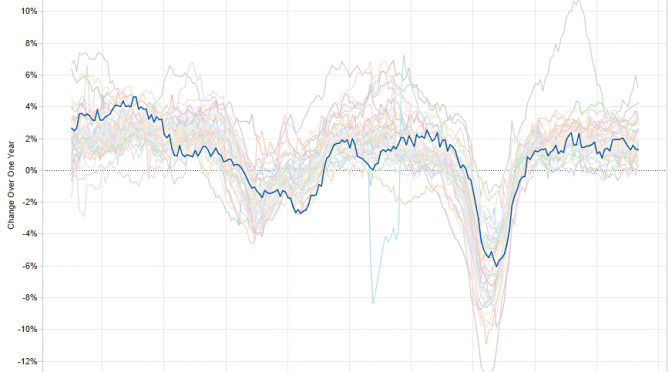Category: Kansas state government
-

For Kansas budget, balance is attainable
A policy brief from a Kansas think tank illustrates that balancing the Kansas budget while maintaining services and lower tax rates is not only possible, but realistic.
-
Is Kansas a rural, agriculture state?
One of the most-often repeated themes heard during the Kansas Governor debate at the Kansas State Fair is that Kansas is a rural state, and that agriculture is vital to our state’s economy.
-

Kansas sales tax reform: Revenue booster?
Kansas has a problem with sales tax exemptions, but the potential revenue boost from reform is not as great as commonly mentioned, unless Kansas wants to place its manufacturers at severe disadvantage.
-

Voice for Liberty Radio: Kansas Secretary of Revenue Nick Jordan
Nick Jordan is Secretary of Revenue for the State of Kansas. He spoke to the Wichita Pachyderm Club on the topic “An Analysis of Governor Brownback’s Tax Policy” on August 22, 2014.
-

SEC orders Kansas to stop doing what it did under Sebelius and Parkinson
The Securities and Exchange Commission found that Kansas mislead bond investors. It ordered the state to implement reforms, which it has.
-
Kansas state government spending
Click here to use this interactive visualization. Source is Kansas Fiscal Facts.
-
An evaluation of the Kansas affordable airfares program
An evaluation of the Kansas affordable airfares program. Prepared for the Kansas Department of Commerce by Arthur P. Hall, Ph.D., Executive Director Center for Applied Economics, School of Business, University of Kansas. February 2013.
-

Kansas budgeting “off the tops” is bad policy
Direct transfers of taxpayer money sent to a specific business or industry is always a tough sell to politicians, let alone the voting public. But, that is why some corporations pay lots of money to lobbyists, writes Steve Anderson for Kansas Policy Institute.
-

McGinn, as committee chair, was not for performance measures
A 2011 Kansas bill could have increased the accountability of state government, but committee chair Carolyn McGinn wasn’t in favor.
-

Women for Kansas voting guide should be read with caution
If voters are relying on a voter guide from Women for Kansas, they should consider the actual history of Kansas taxation and spending before voting.
-

The Kansas economy under guidance of moderates
Before wishing for a return to the “good old days,” let’s make sure we understand the record of the Kansas economy.
-

Job growth in the states and Kansas
Let’s ask critics of current Kansas economic policy if they’re satisfied with the Kansas of recent decades.